Click a photo to link to a page on our website. Links are found on nearly all Web pages.
Links allow users to click their way from page to page. You will find thousands of links on this website.
|
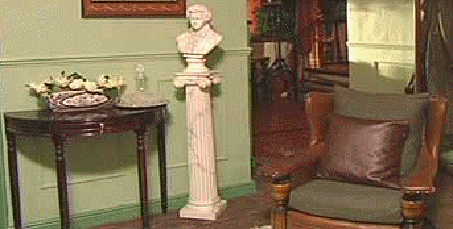 |
| Georgian (1714 - 1837) |
|
|
Categories within
Periods & Styles
|
 |
| Egyptian Styles |
|
|
 |
| Byzantine Style |
|
|
Important Message
Items pictured on this web site are mainly used for educational value.
They may or may not be available in our shop.
Please check before coming.
|
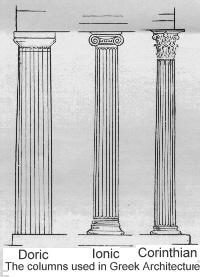 |
| Orders of Classical Architecture |
|
|
 |
| Chinese style and design |
|
|
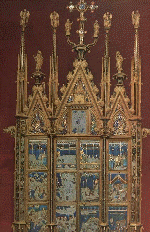 |
| Gothic Styles (1150 - 1550) and later revivals |
|
|
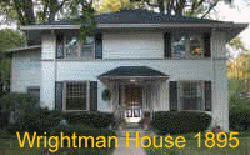 |
| The American Prairie Style (1890 - 1918) |
|
|
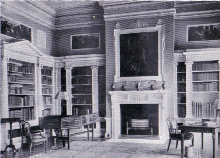 |
| The Adam Style |
|
|
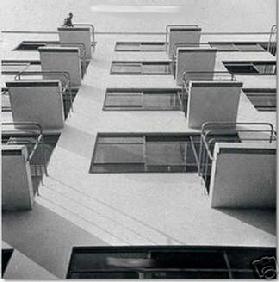 |
| Bauhaus and International Style |
|
|
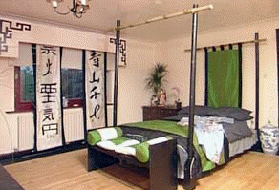 |
| Japanese Style |
|
|
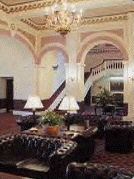 |
| Jacobean Style |
|
|
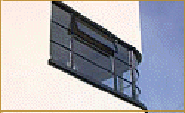 |
| Modernism (1918 - 1950) |
|
|
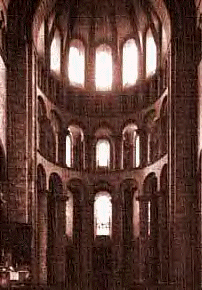 |
| Norman (1000 - 1150) |
|
|
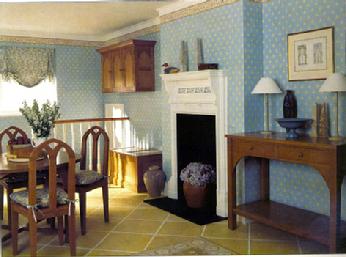 |
| Laura Ashley design |
|
|
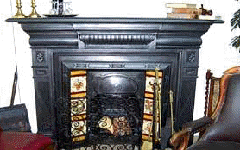 |
| Victorian (1837 - 1901) |
|
|
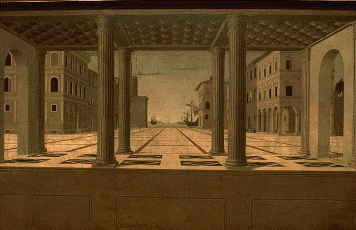 |
| Renaissance |
|
|
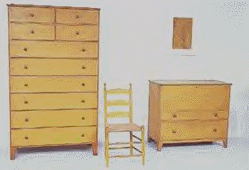 |
| Shaker Style |
|
|
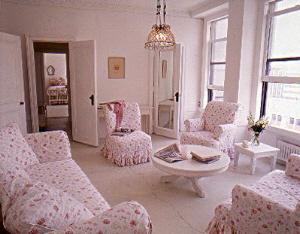 |
| Shabby Chic |
|
|
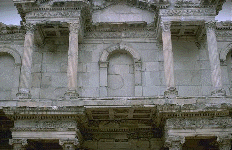 |
| Roman Styles |
|
|
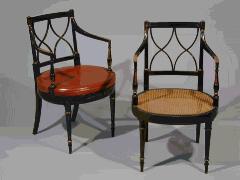 |
| The Regency Period |
|
|
 |
| William and Mary |
|
|
 |
| Pompeian decoration is a transition style |
|
|
Period Style
The concept of period style first appeared in the writings of the German scholar Johann Joachim Winckelmann (1717-1768). Often called the father of art history, Winckelmann developed a historical framework for Greek sculpture that was based on the way the objects looked. The Greeks and the Romans also had written about the works, but their histories and guides primarily discussed specific masterpieces or great artists. Winckelmann, on the other hand, created a structure that relied upon visual characteristics, which he defined with beautiful ekphrastic passages about individual sculptures. This meant that it was possible to relate anonymous works about which little was known to the most famous art of the Ancient world. It also meant that an individual object could be considered, for example, a late example of a style. Date of making no longer determined the group in which a work was placed.
At least as important as Winckelmann’s definition of style was his adoption of a biological model for its structure. Every style has to have boundaries, places where it begins and ends, and Winckelmann conceived of these in terms of the sequence of natural growth. Each style began with its birth (the early stage), progressed to maturity (the middle or classic phase), a decline (the late) and, finally, disappearance. Using this scheme arranges works into a very specific order and it is an order that implies value judgments. Early or late examples, which in Winckelmann’s view stand at the beginning or end of a style, are necessarily incomplete and thus imperfect. The mature, often called the classic, represents the fullest, the best, definition of the style. This order is so common in modern art history that it is hard to conceive of it as the result of choices. Lang’s definition of style, however, explained above, reminds us how much this scheme too depends upon interpretation.
Using variations of Winckelmann’s model, historians and critics have created definitions of period style for many other kinds of art. One of the most important was developed by Heinrich Wölfflin (1864-1945) in Principles of Art History, published in German in 1915 and still read in English translation today. Two aspects of his book have been particularly influential. First is the way Wölfflin defined period style. He believed that analysis of particular works of art would “reveal the connection of the part to the whole and he decisively rejected the “analogy of bud, bloom, decay. He created groups, not sequences, and defined their boundaries by opposing different uses of the same formal elements. This method of analyzing by opposition and comparison is still the way many art historical lectures are organized. Wölfflin took for granted that his groups were ultimately arbitrary, and discussed how many other ways the same material could be divided.
The specific concepts used by Wölfflin to define certain period styles have been very influential. The idea of “linear” versus “painterly,” linked to a fundamental change in the way European art from the 15th and 16th centuries looks compared to that from the 17th century, still appears in survey texts today.Historians also continue to use the word “painterly.” The other pairs Wölfflin explained in Principles have been less influential: plane/recession, closed/open form, multiplicity/unity, and clearness/unclearness.
Even in translation, Wölfflin’s analyses of particular works of art are exceptional. Like Winckelmann, he wrote about what he saw masterfully. His application of the concept of the painterly to sculpture, for example, results in a beautiful and vivid description of Gian Lorenzo Bernini’s bust of Cardinal Borghese (Borghese Gallery, Rome):
The surfaces and folds of the garment are not only of their very nature restless, but are fundamentally envisaged with an eye to the plastically indeterminate. There is a flicker over the surfaces and the form eludes the exploring hand. The highlights of the folds flash away like lizards, just like the highlights, heightened with white, which Rubens introduces into his drawings. The total form is no longer seen with a view to the silhouette. . . . [The shoulders have] a contour which, restless in itself, at all points leads the eye beyond the edge [of the sculpture]. The same play is continued in the head. Everything is arranged with a view to the impression of change. It is not the open mouth which makes the bust baroque, but the fact that the shadow between the lips is regarded as something plastically indeterminate. . . . [I]t is fundamentally the same design that we found [above] in [paintings by] Frans Hals and Lievens. For the transformation of the substantial into the unsubstantial which has only a visual reality, hair and eyes are in this case always especially characteristic. The “look” is here obtained by three holes in each eye.
Wölfflin summed up the alternative, the linear style, in one sentence about a portrait bust of Pietro Mellini by Benedetto da Majano (Museo Nazionale, Florence): “The essential point is that the form is enclosed in a firm silhouette, and that each separate form – mouth, eyes, the separate wrinkles – has been given an appearance of determinateness and immobility based on the notion of permanence.
Through this and many other comparisons, Wölfflin argued for a division between the two periods, based on a fundamental change in the artistic style. “The whole notion of the pictorial has shifted. The tactile picture has become the visual picture – the most decisive revolution which art history knows. Although he found the linear and the painterly in other places and periods – Impressionist painting, for example, was painterly – it was the movement from what we still call the Renaissance to the Baroque that interested him most deeply.
|
Period Styles
A decorator, to be fully equipped, should study ornament as applied to architecture in different periods and countries, for, as we have already pointed out, art, and especially decorative art, is a thing of slow growth, whose beginning goes far back into the dim past.
While every era and clime has a characteristic stamp of its own, succeeding ages have been influenced by the past, and thus the canons of decorative art have been established.
Not only so, but we have inherited from the past and many countries numerous forms, such as the rosette, anthernion, fleur-de-lis, cross, swastika (or cramponed cross), meanders and borders, which have become common property, and appear, more or less modified, in most modern styles.
So that, not only to be able to understand our own styles, but in order to be able to design with freedom and success we must be acquainted with the archaeology of the subject.
At the outset it will be seen that the decorative styles of any given period cannot be studied intelligently without possessing some knowledge of the architecture that it served to ornament.
A decorator must, therefore, possess a knowledge of architecture in order to understand his own branch thoroughly.
Moreover, he is sometimes called upon, in carrying out his work, to represent pictorially many of the structural features of a period.
To instance a few of these cases, we may mention the painting in monochrome or in poychrome of friezes, architraves, pilasters, arcading, colonnading, etc.
To be able to do this we must know the forms, proportions, materials, and possibly also the colouring.
The account of each style is prefaced with a few brief notes on the architecture of the respective periods.
|
To all Visitors
This site has been developed not just to sell Antiques and Collectibles (of course it does some of that) rather it is to provide information about Antiques, Collectibles, artwork, art pottery, furniture types, furniture styles, jewelry, and militaria from the Revolutionary War to the Vietnam War. This site is all about information and history that is not readily available elsewhere on the Internet. We think West St Paul Antiques is one of the best Antique Malls in the State of Minnesota and we have been working hard to create that excellence for the last 25 years. We have expertise on Antiques & Collectibles and as we read and study about history and antiques we also strive to be historians. We will share that expertise with you and all the visitors to our site. Stop by and visit our Antique Mall in West St Paul, Minnesota.
Or, you are all welcome to visit us on the web.
Oh, by the way, also check out all our Antiques, Collectibles, artwork, art pottery, clocks, mall specials, furniture types and styles, jewelry and militaria items for sale in our Antique Mall. Check it out by going to Antique Mall Tour. This site will be totally commercial free with no fees to pay. I'll be working on this site over time so bear with me. It should be finished by the end of 2048 with over 10,000 pages at that time and 500 pages by the end of next year.
Click here to go to our web Site Map and Categories.
|
This website contains, in various sections, portions of copyrighted material not specifically authorized by the copyright owner. This material is used for educational purposes only and presented to provide understanding or give information for issues concerning the public as a whole. In accordance with U.S. Copyright Law Title 17 U.S.C. Section 107, the material on this site is distributed without profit. More Information
Information presented based on medical, news, government, and/or other web based articles or documents does not represent any medical recommendation or legal advice from myself or West Saint Paul Antiques. For specific information and advice on any condition or issue, you must consult a professional health care provider or legal advisor for direction.
I and West Saint Paul Antiques can not be responsible for information others may post on an external website linked here ~ or for websites which link to West Saint Paul Antiques. I would ask, however, that should you see something which you question or which seems incorrect or inappropriate, that you notify me immediately at floyd@weststpaulantiques.com Also, I would very much appreciate being notified if you find links which do not work or other problems with the website itself. Thank You!
Please know that there is no copyright infringement intended with any part of this website ~ should you find something that belongs to you and proper credit has not been given (or if you simply wish for me to remove it),
just let me know and I will do so right away.
|
Website Terms and Condition of Use Agreement
also known as a 'terms of service agreement'
By using this website, West Saint Paul Antiques . Com, you are agreeing to use the site according to and in agreement with the above and following terms of use without limitation or qualification. If you do not agree, then you must refain from using the site.
The 'Terms of Use' govern your access to and use of this website and facebook pages associated with it. If you do not agree to all of the Terms of Use, do not access or use the website, or the facebook sites. By accessing or using any of them, you and any entity you are authorized to represent signify your agreement to be bound by the Terms of Use.
Said Terms of Use may be revised and/or updated at any time by posting of the changes on this page of the website. Your continued usage of the website, or the facebook site(s) after any changes to the Terms of Use will mean that you have accepted the changes. Also, any these sites themselves may be changed, supplemented, deleted, and/or updated at my sole discretion without notice; this establishes intellectual property rights by owner (myself).
It saddens me to include a Terms of Use for West Saint Paul Antiques . Com, but we all realize it is something that is necessary and must be done these days. By using the website, or facebook for West Saint Paul Antiques, you represent that you are of legal age and that you agree to be bound by the Terms of Use and any subsequent modifications. Your use of the West Saint Paul Antiques sites signify your electronic acceptance of the Terms of Use and constitute your signature to same as if you had actually signed an agreement embodying the terms.
|
 |
| Email me with your feedback on how I can Improve this website. |
|
|
|